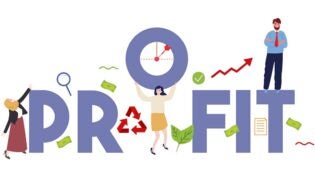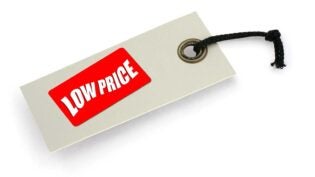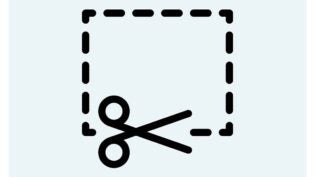What is the Barbell Effect and How Does It Work?
By: Susan Solovic

Do you work out with free weights? If you do, where do you grab the barbells? In the middle, right? In business, as in barbells, it’s the middle that gets squeezed and this has given rise to the phenomenon known as “the barbell effect.”
The idea is that businesses on either extreme in a given niche will survive; it’s the poor guys in the middle who get squeezed out of business. And for further clarification, usually the extremes are the lowest cost providers and the highest costs providers.
Writing for Gigaom not long ago, Mathew Ingram pointed to troubles SAY Media was having. One side of the online advertising barbell, Ingram pointed out, is being dominated by the super low-cost, high-volume providers, such as Google’s AdWords. On the other side are companies that specialize in custom-content, low-volume, high-cost advertising campaigns.
Companies in the middle are “neither fish nor fowl” and are having a hard time making it.
Get on the profitable side of the barbell
The barbell effect applies to virtually every industry and for most small businesses, the challenge is to find a way to differentiate themselves so they can occupy a spot on the side of the barbell that commands higher prices.
This is very important to consider as you initially plan your small business or begin to reevaluate your plans to boost your level of success. Ask yourself this question, “Am I trying to do business in the middle?” If you aren’t the low price leader and don’t have some attributes that clearly set you above your competition, you have allowed yourself to slide into the murky middle.
In this article, I give some tips on how you can set yourself apart from your competitors. And remember, your customers must be able to associate your differentiating attributes to your business. This means that you need to clearly communicate and model these factors. Your marketing, advertising, and employees must all highlight the qualities that make your product or service distinctive, the best in its niche, and worth a premium price.
Low cost = living dangerously
If you’re striving to be the low-cost leader, know that you’re living on the edge. A well-financed competitor who is willing to lose money for a while can show up at any time and exert unbearable price pressure on you. Then it becomes a war of attrition.
If you want to survive on the low-price side of the barbell, you need to be the most efficient operator and have the lowest overhead costs. This will often involve leveraging overseas contract workers and automation. There’s a good chance you’ll need to pay developers for software and that can cost a lot of money up front.
I referenced Google’s AdWords program above. Why is it successful for Google? It’s huge. It was essentially the first of its kind. And, Google has invested millions of dollars developing it.
Your assignment is to grab a sheet of paper or open a Word document and list the qualities that qualify you to charge higher prices. If you’re on the low-cost side of this discussion, then your assignment is to list ways you can further decrease your costs.












